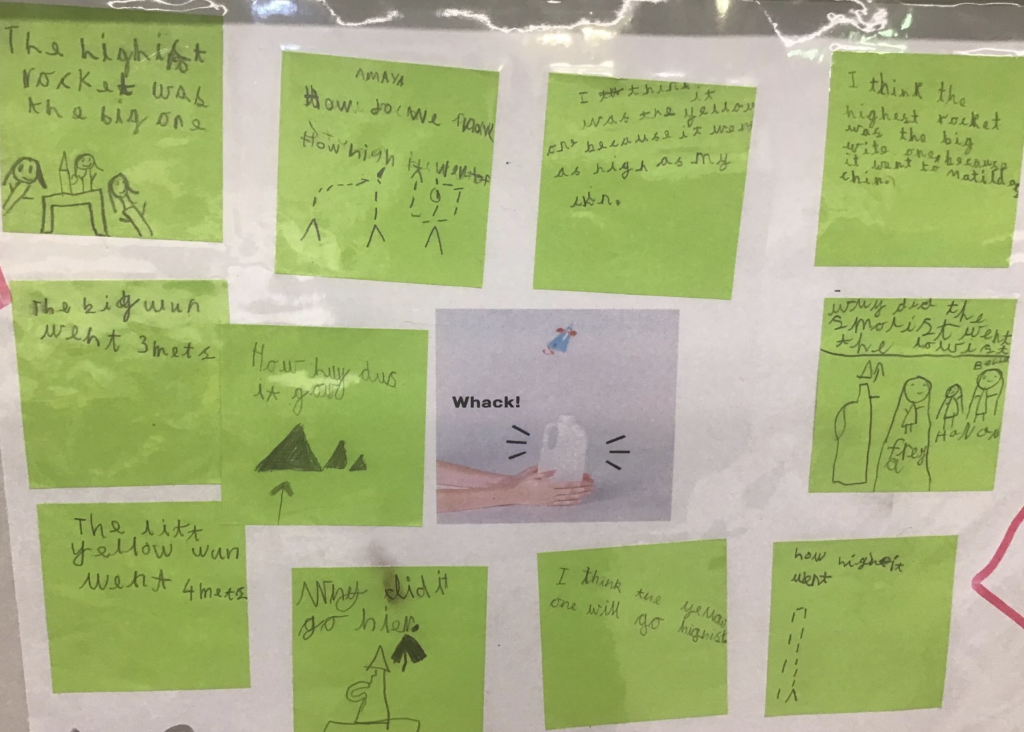There are some fabulous talks and animations on the Royal Institution’s You Tube Channel which can be found here.
Dan Plane, who many of you will remember from his visits to Wimbledon High, even explodes a few pumpkins! Perfect Halloween viewing…
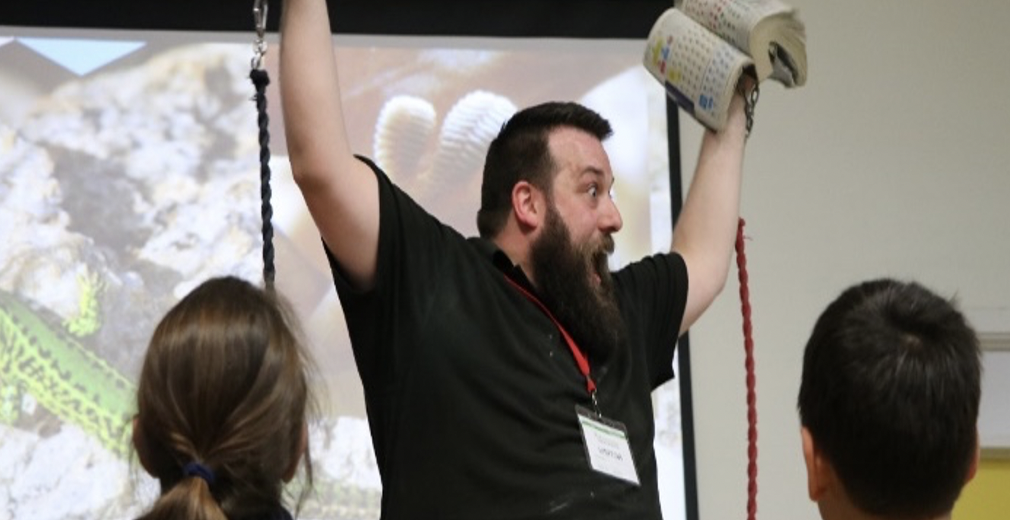
What’s been happening in Junior STEAM at Wimbledon High School?
There are some fabulous talks and animations on the Royal Institution’s You Tube Channel which can be found here.
Dan Plane, who many of you will remember from his visits to Wimbledon High, even explodes a few pumpkins! Perfect Halloween viewing…

During half term you might like to have some family fun taking part in the national Farmvention competition.
Farmvention is all about coming up with innovative ideas to help farmers tackle the problems they encounter caused by climate change.
There are two challenges:
What is the best material for a polytunnel?
What is the best shape for a drone?
Girls can take part in both activities or just one of them if they would like to enter. The polytunnel activity is ideal for younger girls, and the drone activity is more suitable for older girls, but both have lots of scope for family fun!
Once pupils have carried out their investigation they can film a Flipgrid video (no more than 1 minute) and post it, or email in or bring in photographs, videos, drawings, booklets or labelled diagrams to Mrs Farrer or Mrs Bond.
Maybe you will test polytunnel materials and make a model?
Maybe you will film a slo mo video of your drone shape test and draw a labelled diagram of a drone of the future?
The choice is yours!
More information is available for pupils on Flipgrid. For the drones activity look here, and the polytunnel activity look here. Pupils and parents will also find lots of ideas and tips on the Science Firefly pages.
Have lots of family fun with Farmvention over half term! The closing date to get your entries into Mrs Farrer or Mrs Bond is 6th November. We will then be carrying out other Farmvention activities during the year and sending in all of our work to the national competition.
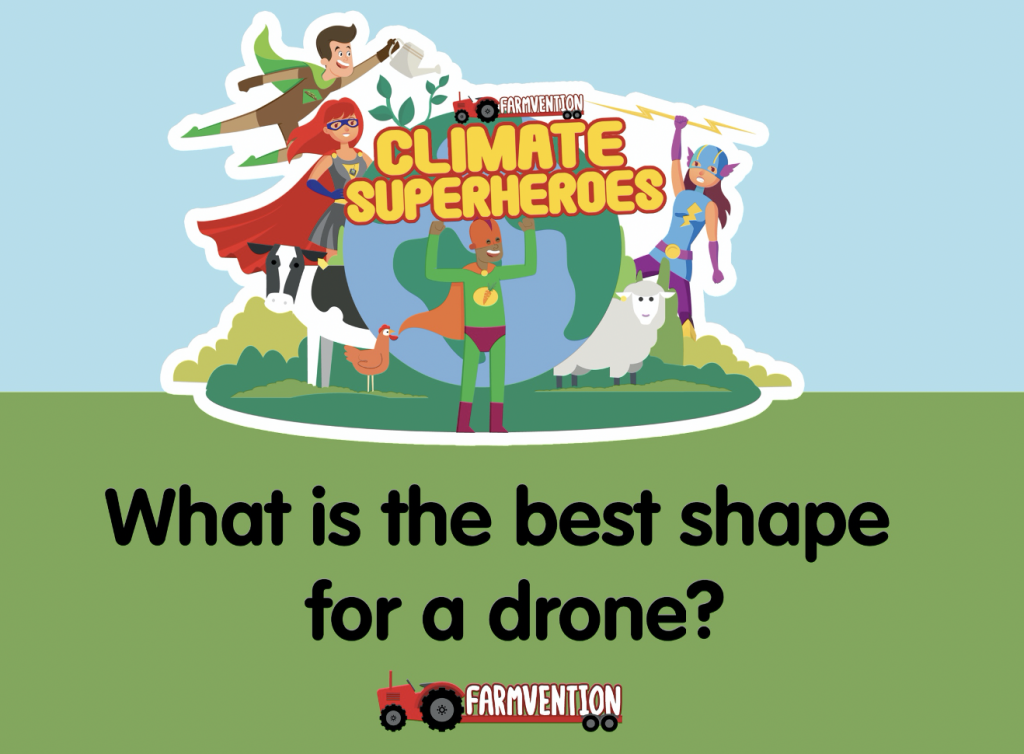
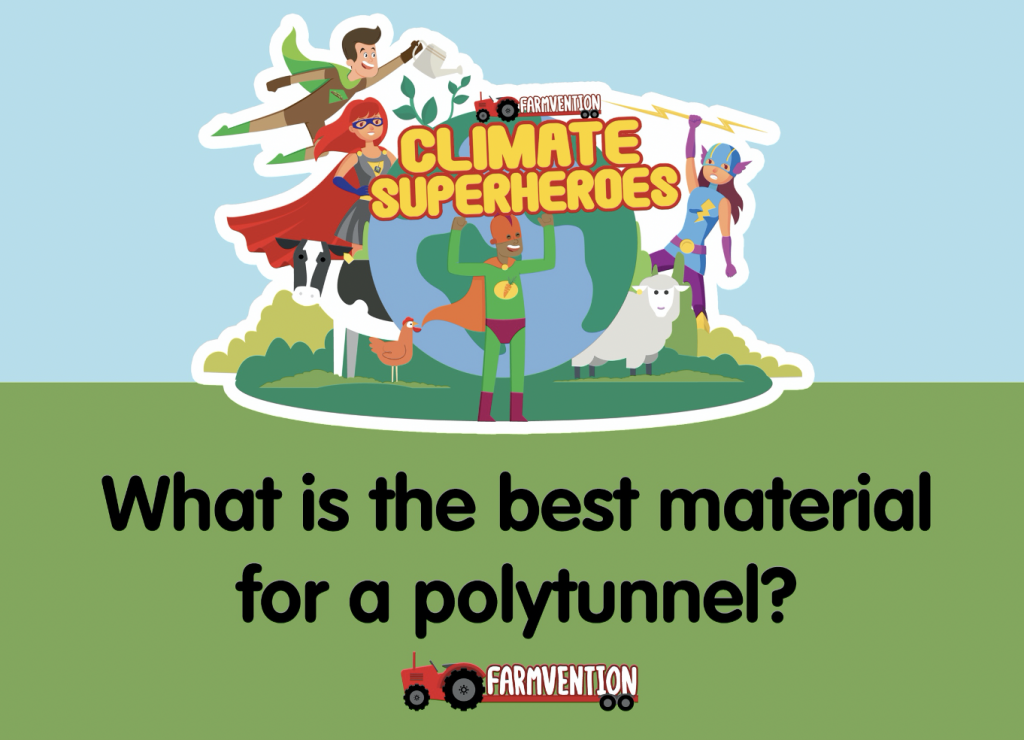
Science on the Sofa is a really rich source of ideas and inspiration from the Glasgow Science Festival, running from 9th September to the 9th November. You will find lots of thought provoking family fun with practical activities that will appeal to the young as well as the not so young! Some of my favourites include pendulum power and gecko glue which you can find in the Hands-on (line) 3 section.
Have fun!
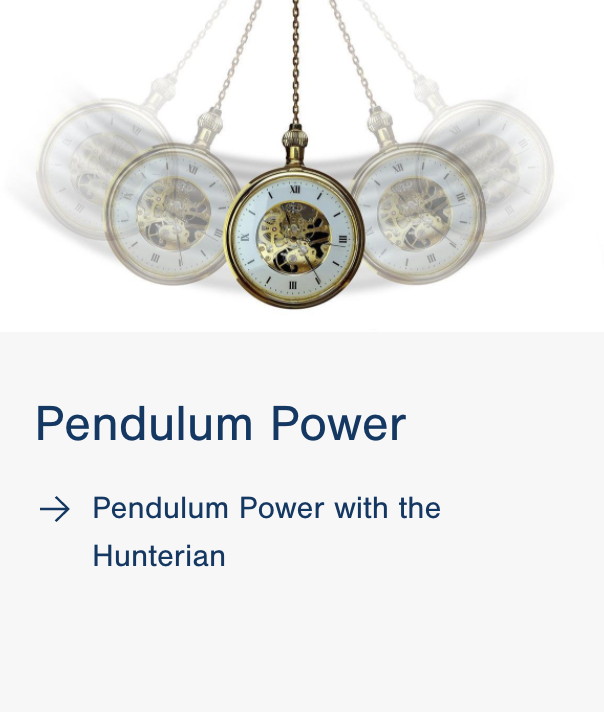
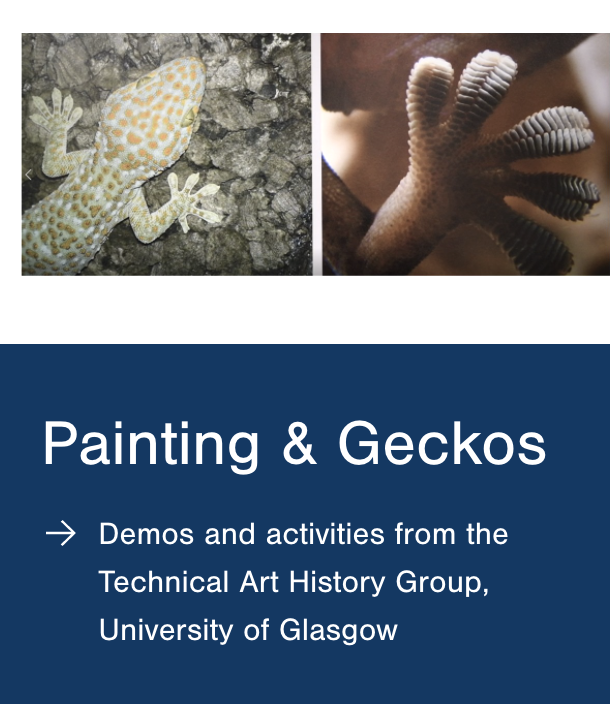

Each Wednesday afternoon all of the junior girls have the opportunity to take part in an extra co-curricular club run by the Wimbledon High School teachers. One of the clubs on offer to year 6 is the Teen Tech City of Tomorrow Club which is based on a competition open to 8-14 year olds. As part of the competition young people are asked to design a city of tomorrow that will be kinder, safer and smarter, and build a model to explain their ideas. The year 6 girls currently involved in this project have spent some time thinking about problems that exist in our cities, and have been coming up with inventive solutions to solve those problems. They are using recycled materials to construct a models of their ideas and will be showcasing their “Cities of Tomorrow” soon. We have enlisted the help of a civil engineer to give us some feedback on their ideas (virtually via Teams of course). Lexi Mackle, who is currently working on HS2, will be well placed to advise on transport issues, but has also offered to talk to the Teen Tech Club about her career and her suggestions for safer, kinder, smarter cities. Thank you Lexi! The girls are very much looking forward to meeting you.
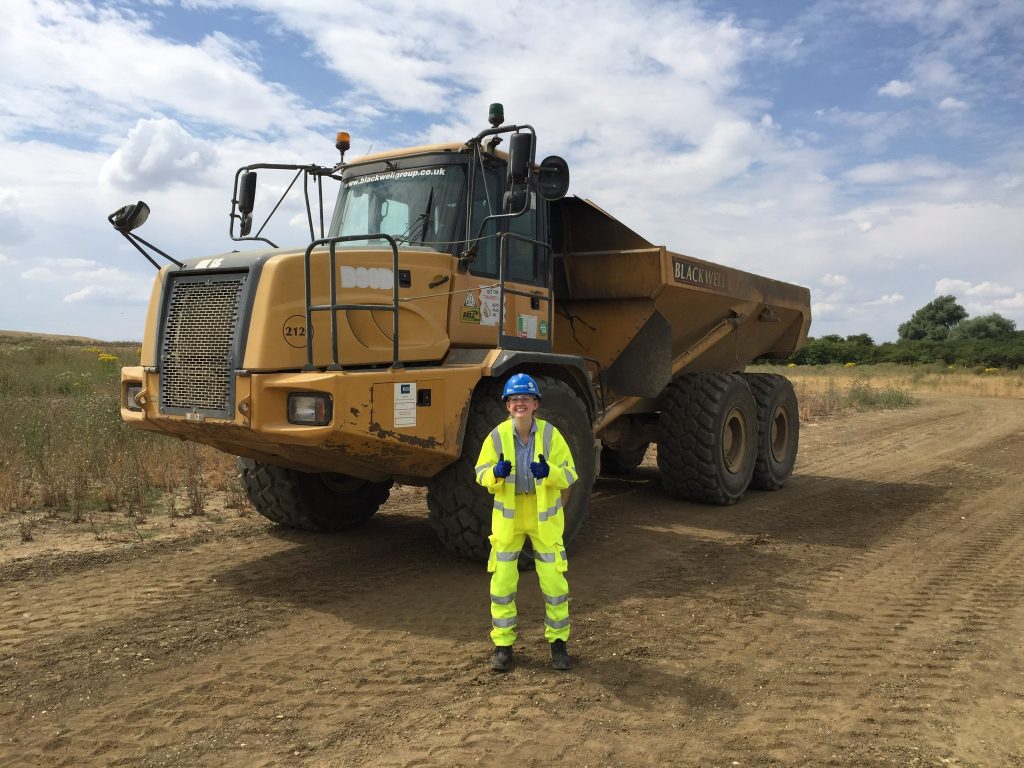
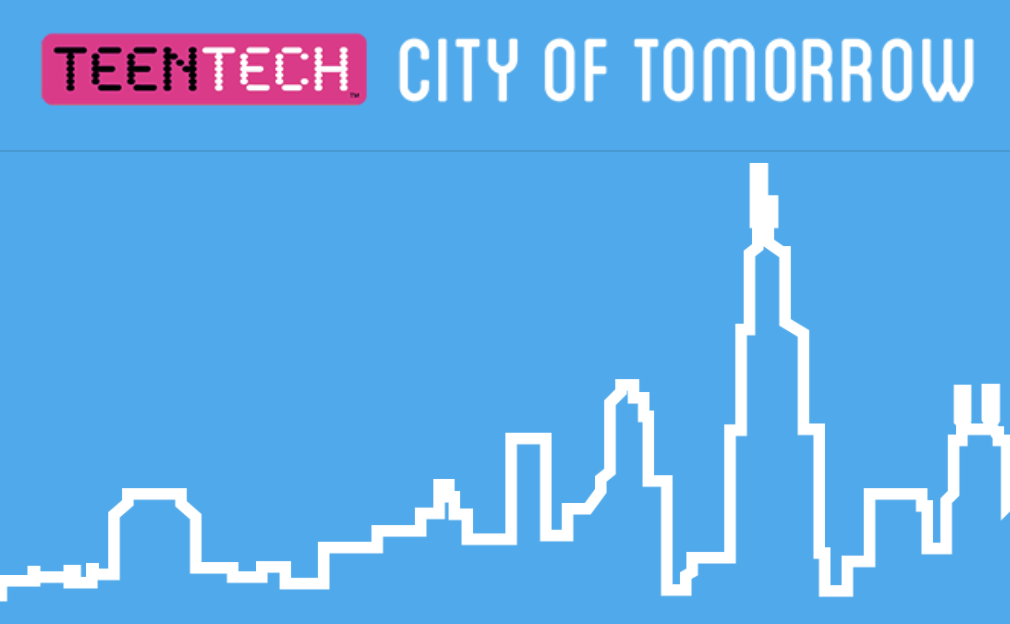
Back in March many of our pupils raced to complete their entries for the Primary Engineer Competition, managing to finish them just before the school closed and moved to Guided Home Learning. The girls really enjoyed interviewing an engineer and coming up with imaginative ideas to answer the question “If You Were an Engineer, What Would You do?”. The standard of their entries was absolutely fantastic and we were delighted to hear that two girls in year 2 gained the prestigious category of Distinction and Distinction Shortlisted. Special congratulations go to Lidia and Freya, both now in 2K. We will be very much looking forward to seeing what all of our engineers in the making turn into reality in 15 or so years time!
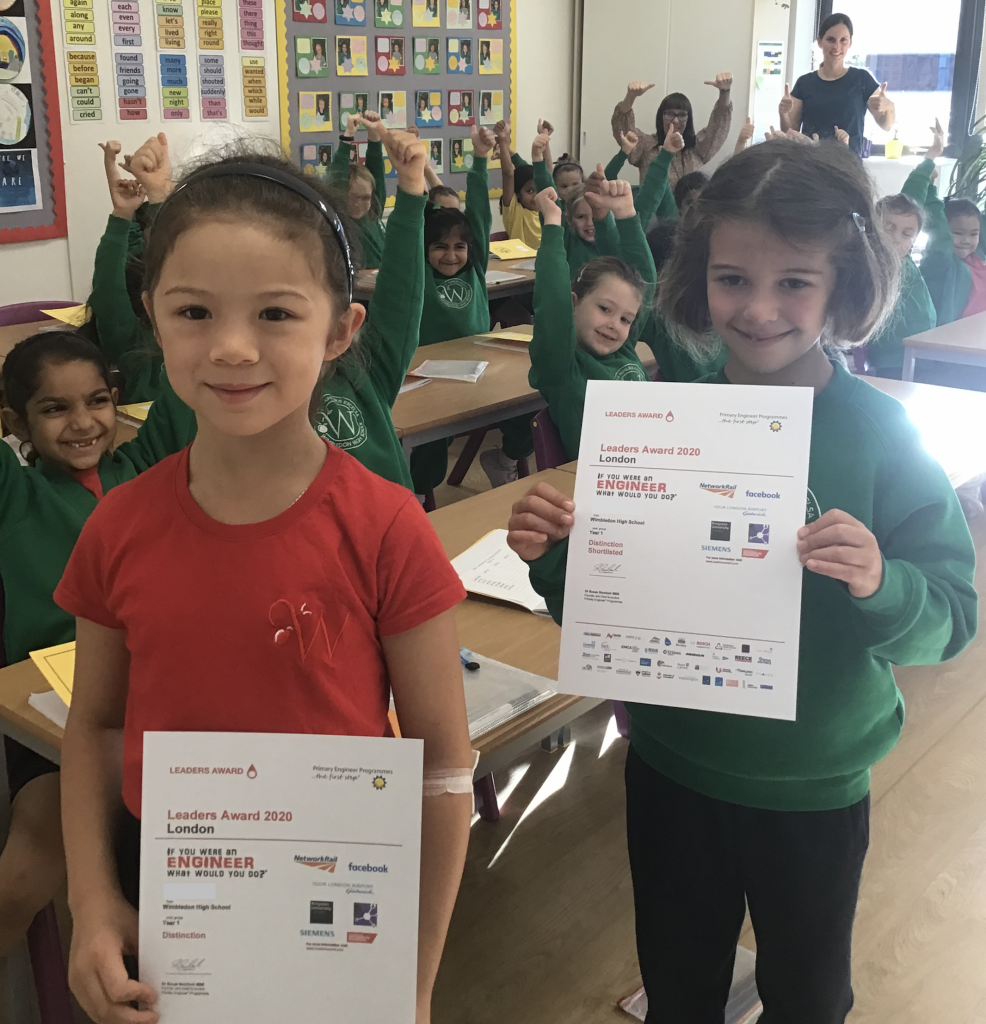
Love biology and art? The Nancy Rothwell competition closes on 31st July and is for 7-18 year olds. Take a look at all of the details here.
Maybe there might be another winner from Wimbledon High?! See above for Leslie Lee’s amazing drawing!
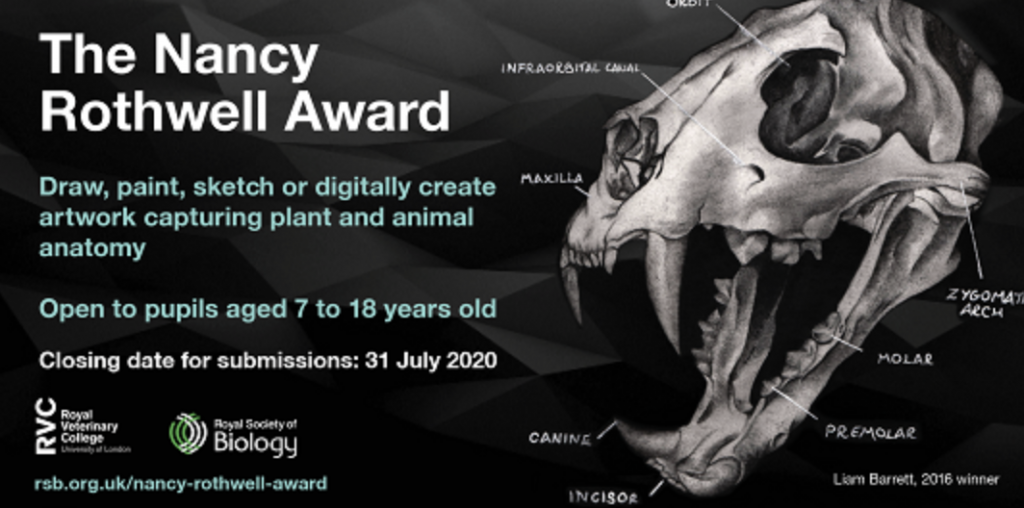
Many people have the misconception that there is no gravity in space and that objects (and astronauts) zoom around the International Space Station due to zero gravity. It would be much more correct to say that the gravitational force experienced on the International Space Station is much lower than that on Earth – what we might call microgravity. Year 5 and 6 took a rather interesting and memorable trip to the International Space Station using a Virtual Reality Google Expedition experience. They were able to look around the I.S.S. and compare and contrast such objects as dining tables and beds with those used on Earth. They are very different! We also found out about the challenges of washing hair and going to the toilet on board. We ended up feeling rather thankful for the amount of gravity there is on Earth! Our trip to the I.S.S coincided with the astronaut Christina Koch breaking a rather impressive record. Our brief “trip” aboard the I.S.S. gave us a great deal of respect for 328 days on board…
Huge congratulations to Christina! Read all about her record here.
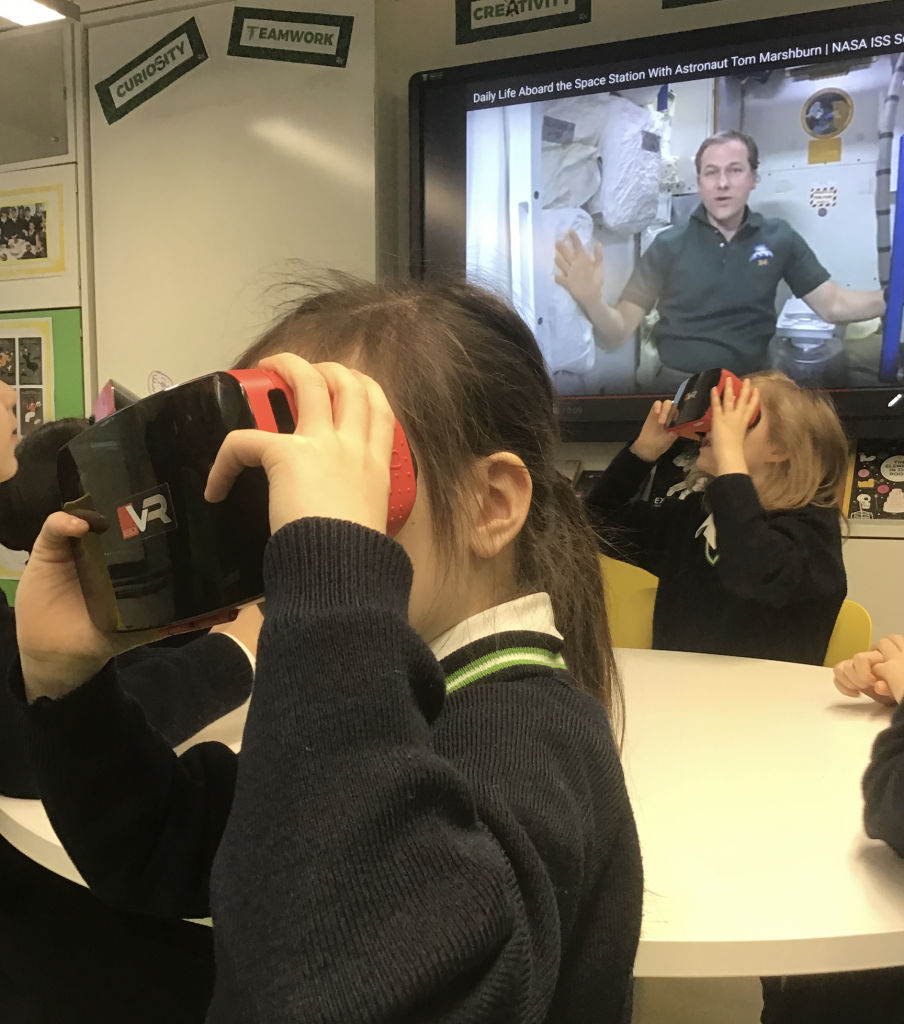
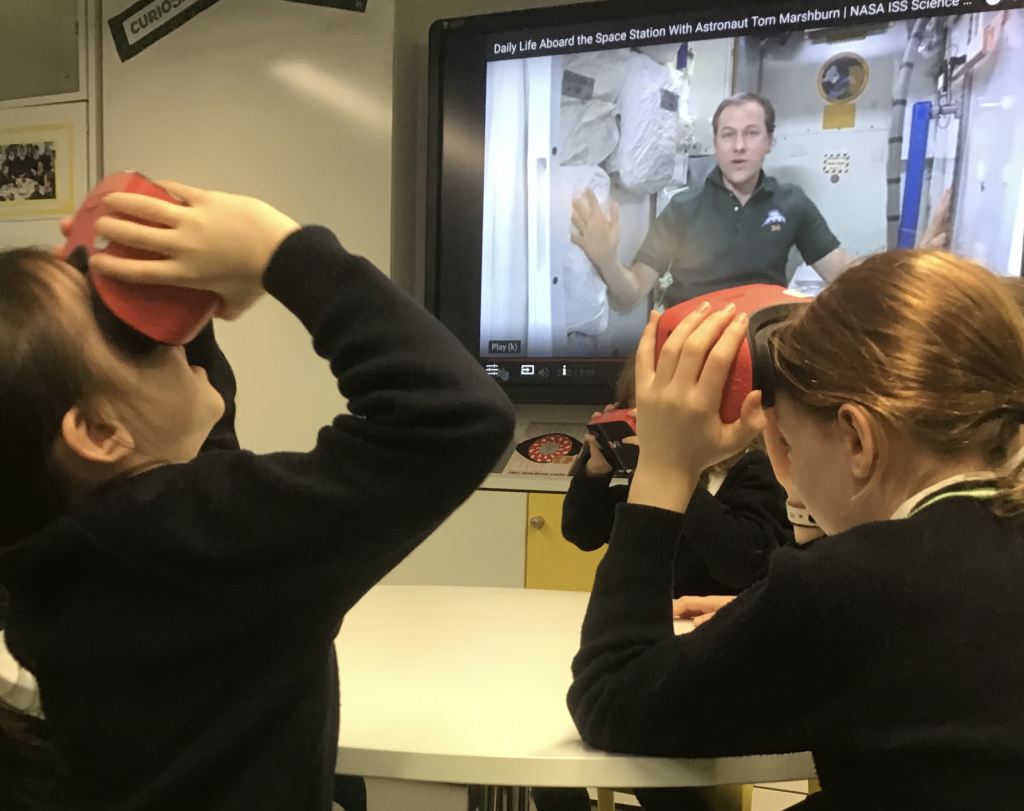
Year 5 were lucky enough this week to be visited by Dr Jasmine Sandhu, a space scientist from UCL’s Mullard Space Centre. Jasmine explained to both classes about what her research entails, what she likes about her job and the skills she uses. There were lots of questions about The Sun, solar storms, the Earth’s magnetic field and the magnetic fields surrounding other planets. As well as answering lots of questions, Jasmine also helped us to build a magnetometer, similar to the one that she uses at her space centre. We are going to be taking magnetic field readings and seeing if variations match up with solar storm data. If you would like to find out more the Ogden Trust explain their excellent activity here.
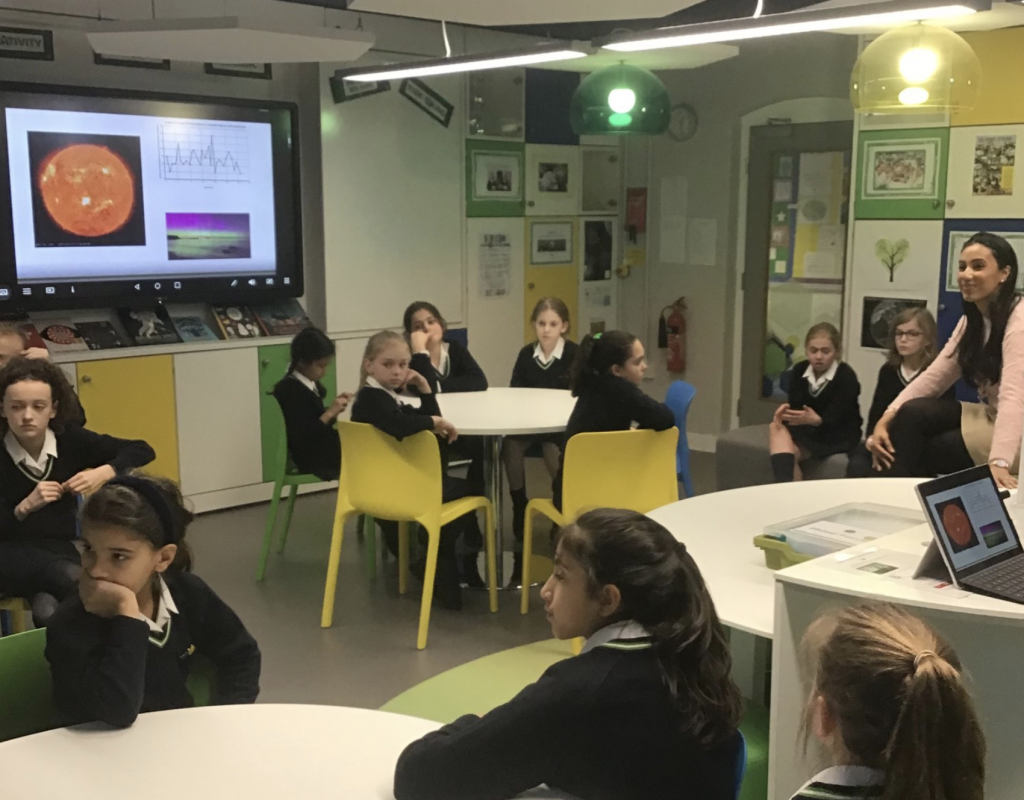
In October both of our year 5 classes were visited by teams of chemistry undergraduates from UCL as part of #UCLChemAirPoll. This amazing opportunity is part of a project involving year 5 and 6 children from across London, giving them an opportunity to work alongside chemistry students to find out more about air pollution local to our schools, and is led by UCL’s Professor Andrea Sella. Levels of the pollutant nitrogen dioxide are determined by the use of diffusion tubes, with the year 5 pupils acting as the local traffic experts deciding where the tubes should be placed, and the undergraduate students analysing the results back in their labs.
The diffusion tubes were in place for a month, and while the year 5 pupils were waiting for the analysis to be completed and the UCL students to return to tell us about the findings, we decided to carry out some additional investigations of our own…
Our year 5 pupils were very excited about being involved in this project and very much enjoyed working with the UCL chemists to find out more about air pollution, making predictions and deciding where the diffusion tubes should be placed. They asked if we could carry out some additional research so that we could share some of our own results with the UCL students on their return visit. We would then have our own results, the #UCLChemAirPoll results and secondary source data to present a detailed picture of the air quality in Wimbledon.
As part of our research we used data from the Breathe London website, information from the London Air website and also findings from the KCL Wearables Air Quality study. We were also lucky enough to hear a presentation from Emily, one of Wimbledon High’s year 13 geography A level students, who had completed her geography coursework project about the air quality in Putney High Street. Over October half term we also asked junior school families to look out for “tar spots” (actually a fungus) on Sycamore leaves and let us know how many they found, and where, so we could analyse the data as “tar spots’ are an indication of air quality.
Year 5, assisted by the year 6 STEAM Ambassadors, also constructed and set up some particulate catchers around the school site to find out if more particulates were detected closer to the roads, in quieter parts of the school, or near the building site.
Taking part in these series of lessons enabled the pupils to
We would like to say a huge thank you to Professor Sella and his team, and especially the students that came to visit us at Wimbledon High. They were amazing and our year 5 pupils were very much inspired by working with them.
The results were very fascinating! We were initially very relieved to find out that the diffusion tube set up in the school site recorded the lowest reading. We were not so happy to find out that the actual reading was exactly on the WHO recommended maximum for nitrogen dioxide levels of 40μg/m3! Some of the results analysis from both our primary and secondary data, showed very high levels of both nitrogen dioxide and particulates, especially where the data had been collected closest to the busiest roads. The Sycamore leaf data did show that away from the busy roads the air quality was much better. We did capture some particulates in our particulate catchers, but the findings were inconclusive and we really need to carry out further tests. There was of course some uncertainty about the data from #UCLChemAirPoll, as with all investigations there may well have been some experimental error, and we look forward to finding out how our school’s data compares with that from other schools when it has been analysed. We definitely did discover that the air quality around London is way too high though, and varies greatly during a 24 our period. We also found out that there are many steps that we can take to reduce the risks associated with exposure to poor air quality. Our pupils determined that we are most at risk during our journeys to and from school and advise walking to school along the backstreets. We are also very keen to plant silver birch trees on the school site and will be presenting our findings and recommendations to Mrs Lunnon and Ms Boyd as soon as possible. We hope that some of our recommendations will be taken on board as part of our current building project. We are also very excited that we have been asked to write an article about our findings for the ASE Primary Science magazine. Watch this space!
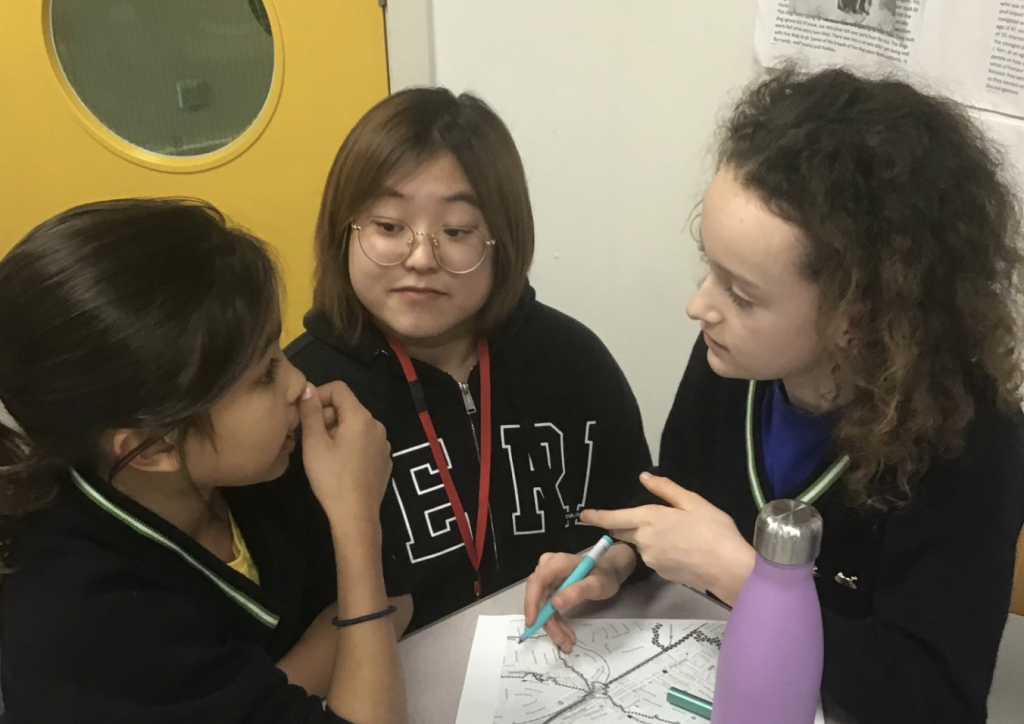
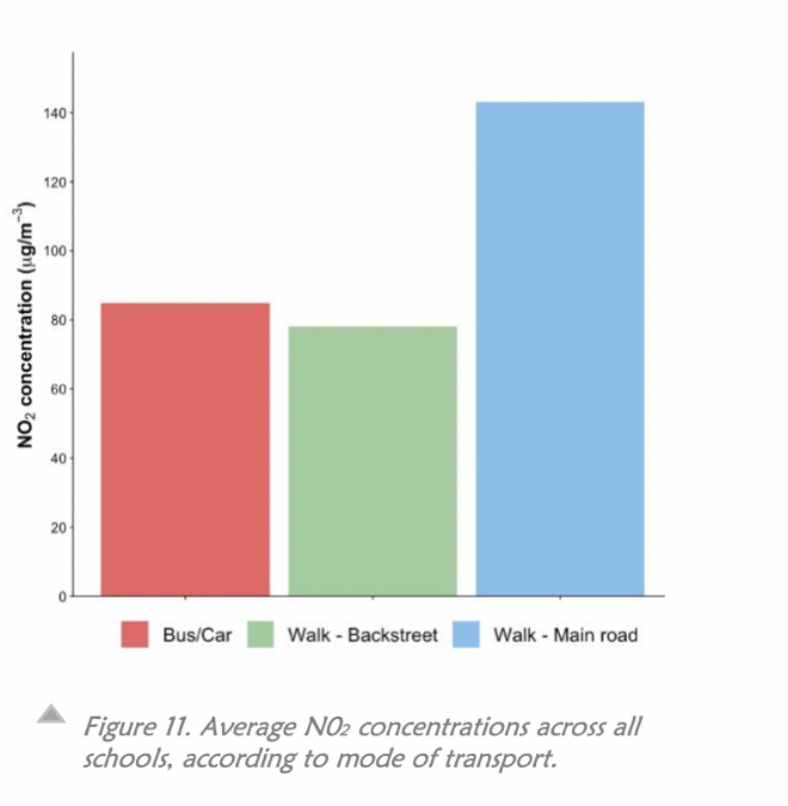
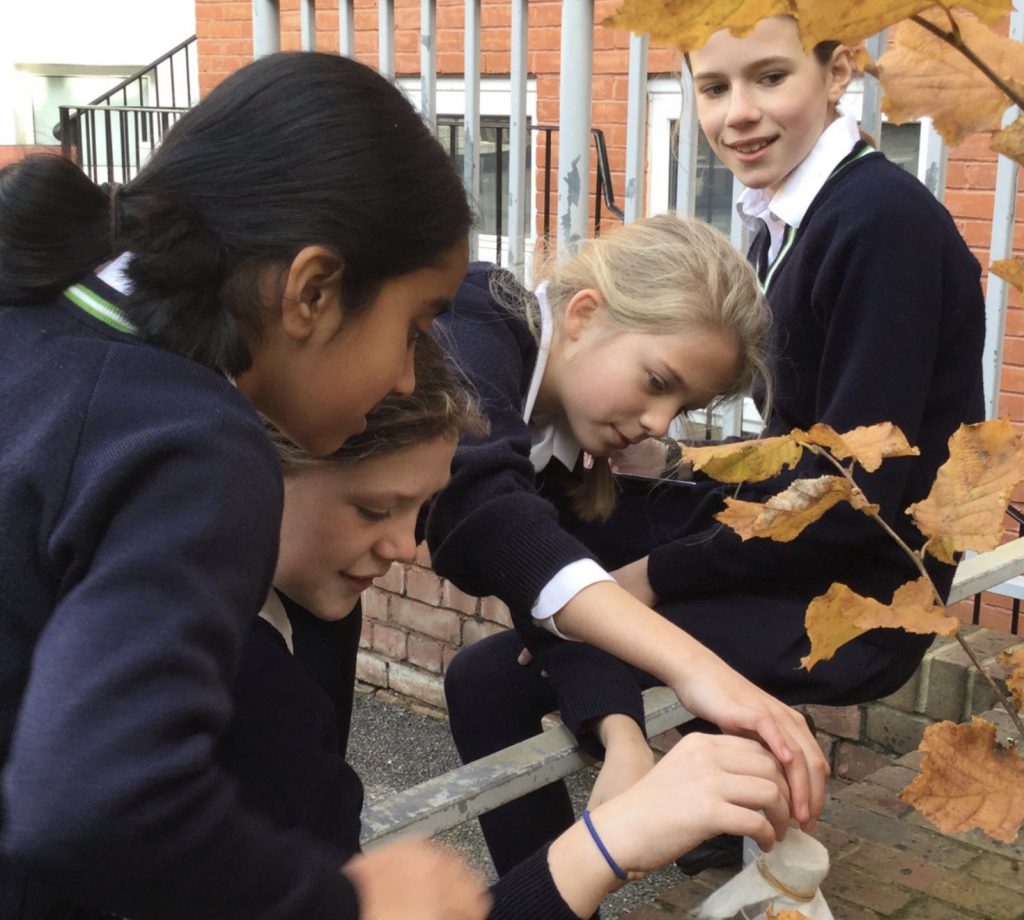
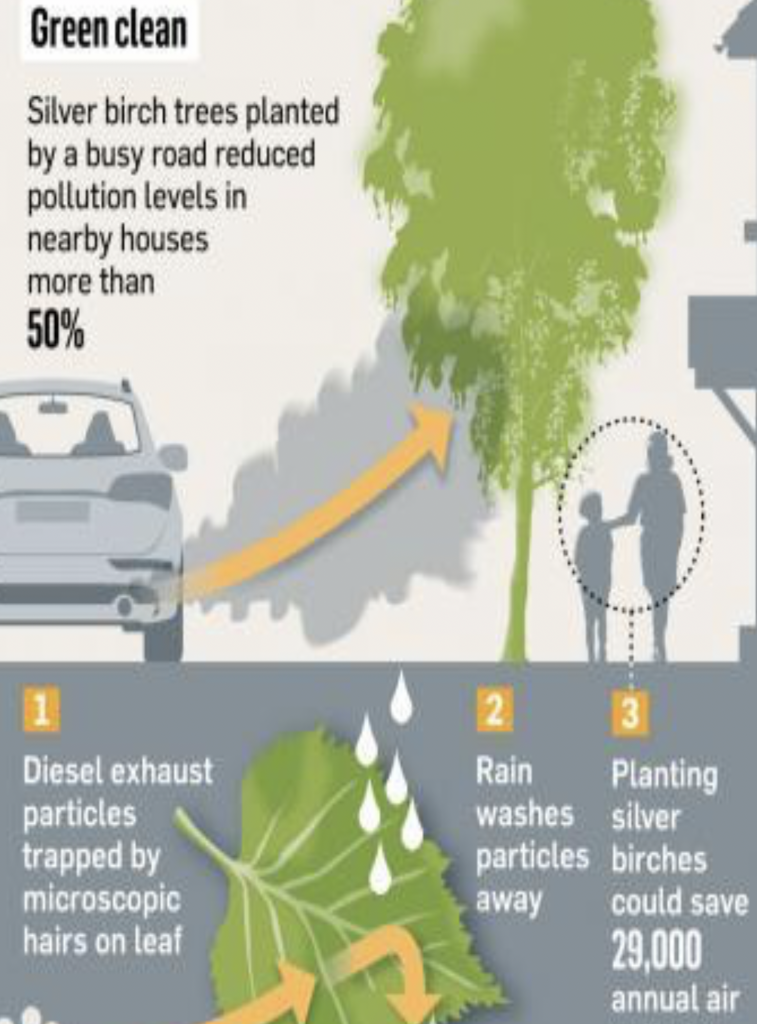
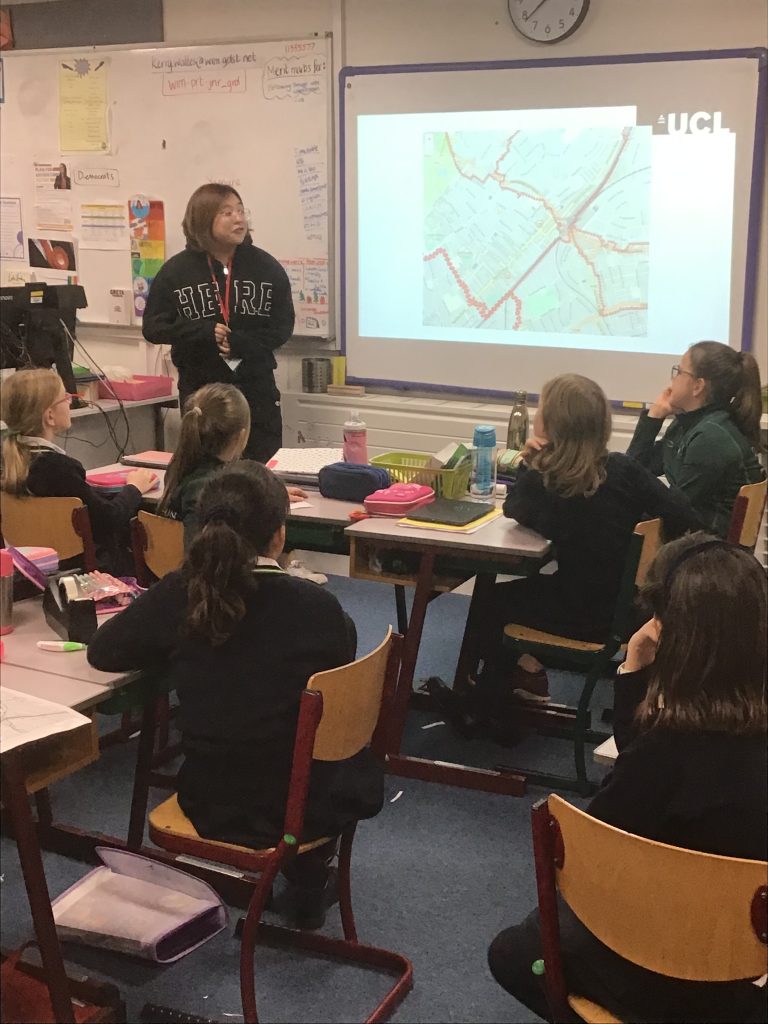
It was great to see how well year 1 worked on their first visit to the STEAM room. The were testing, measuring and asking questions about launching rockets as part of their Space topic. Very impressive to see all of the different ways of measuring that they came up with, and to hear all of their ideas and questions. We will look forward to seeing you again soon!
